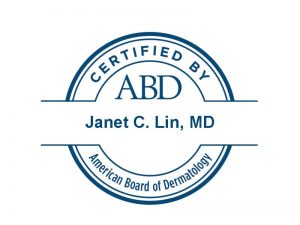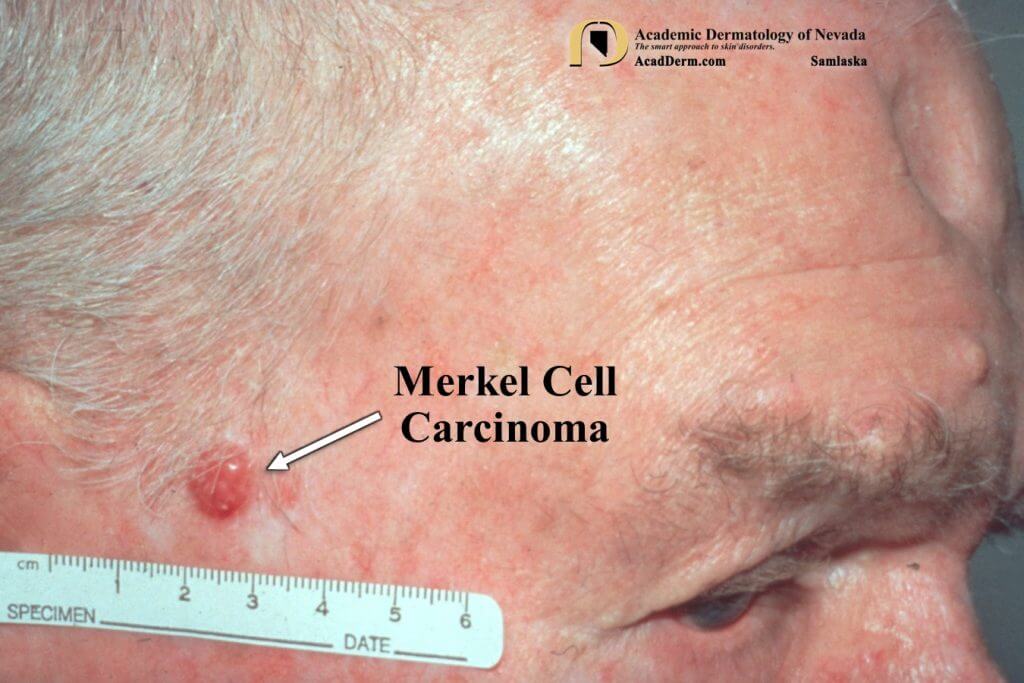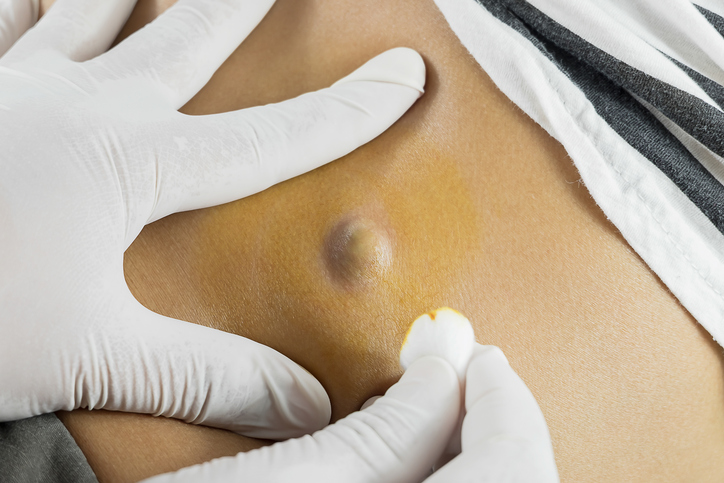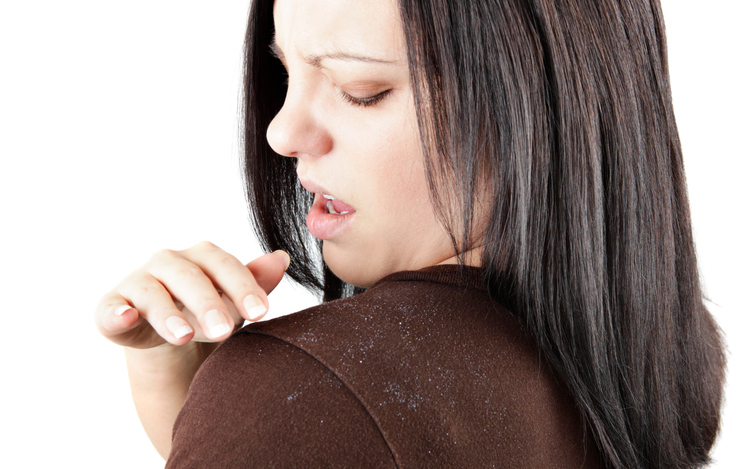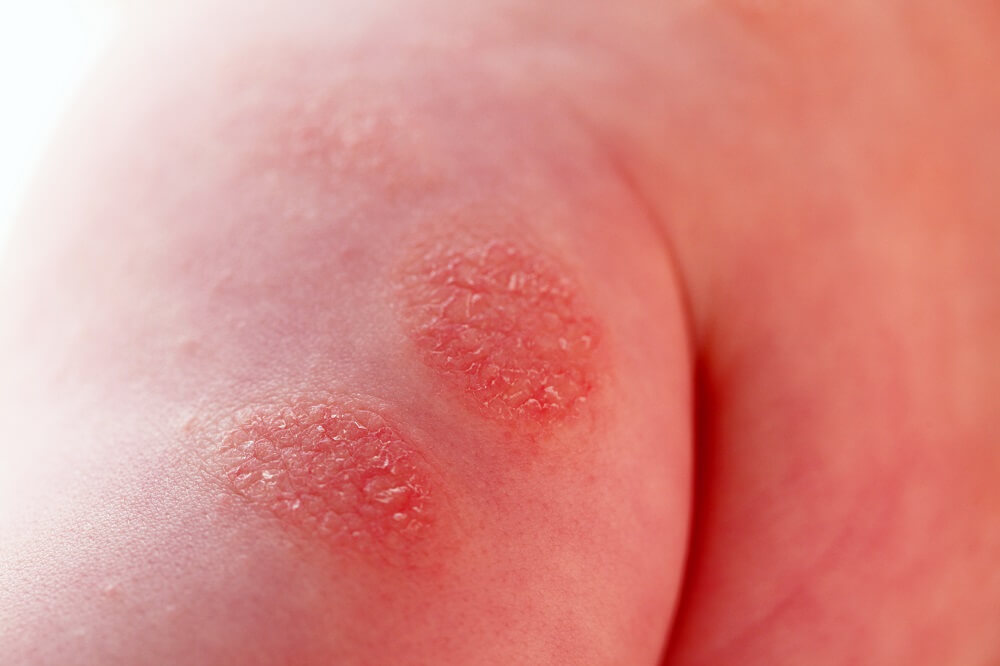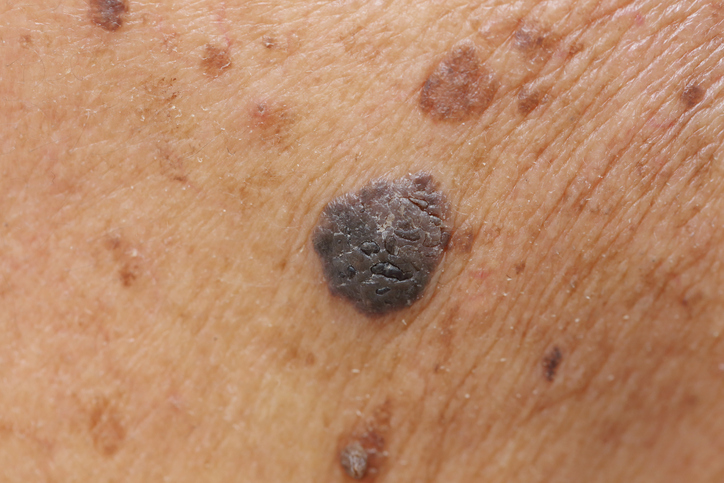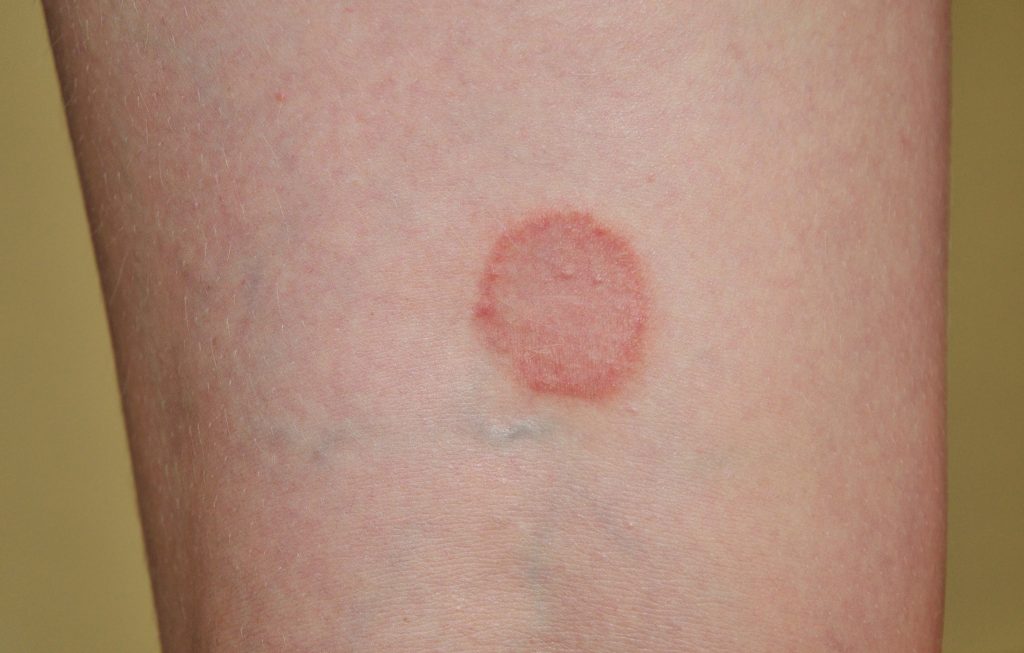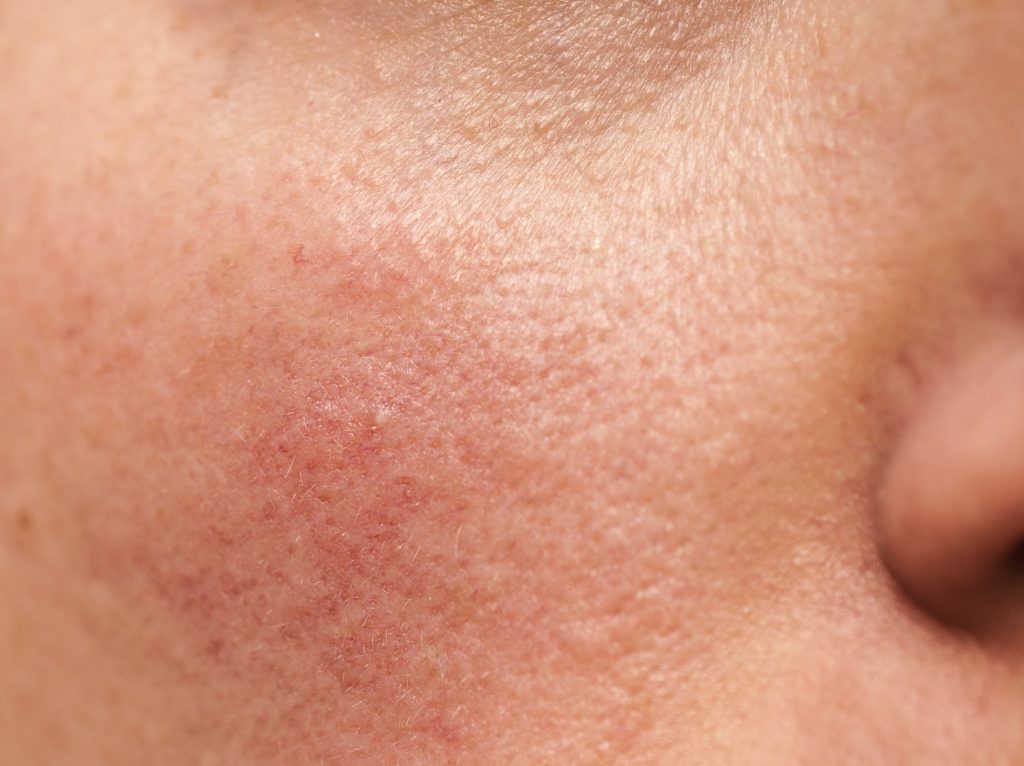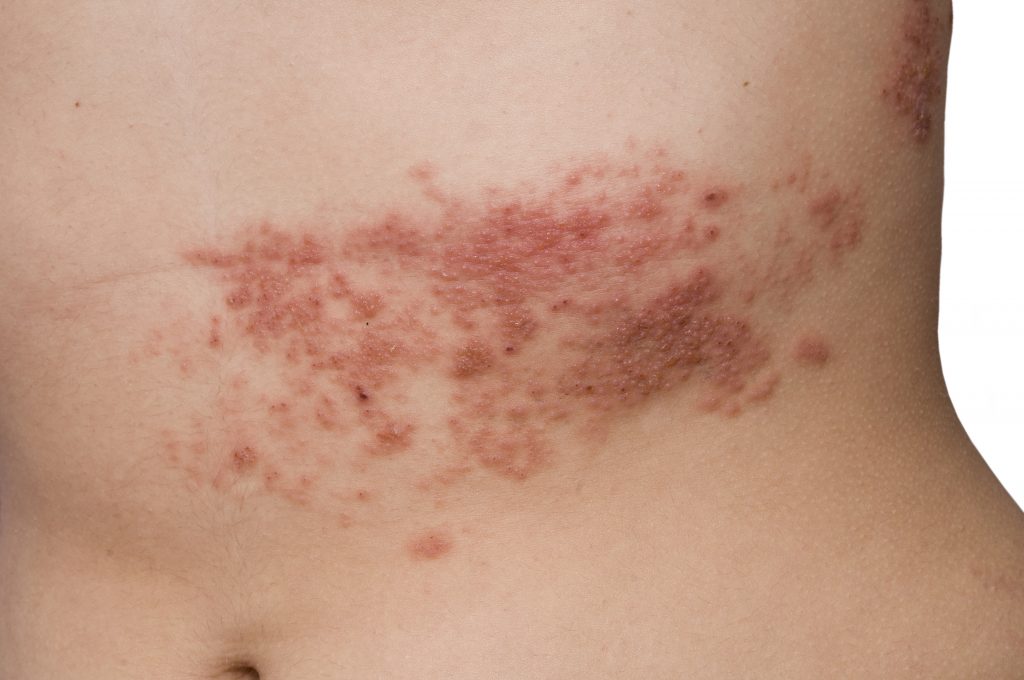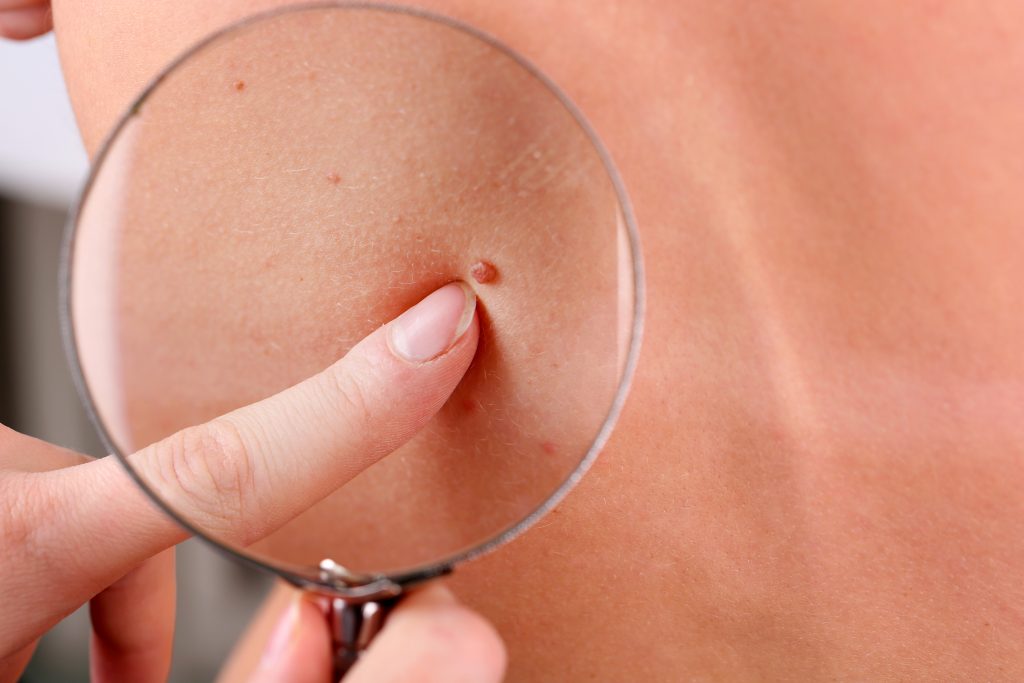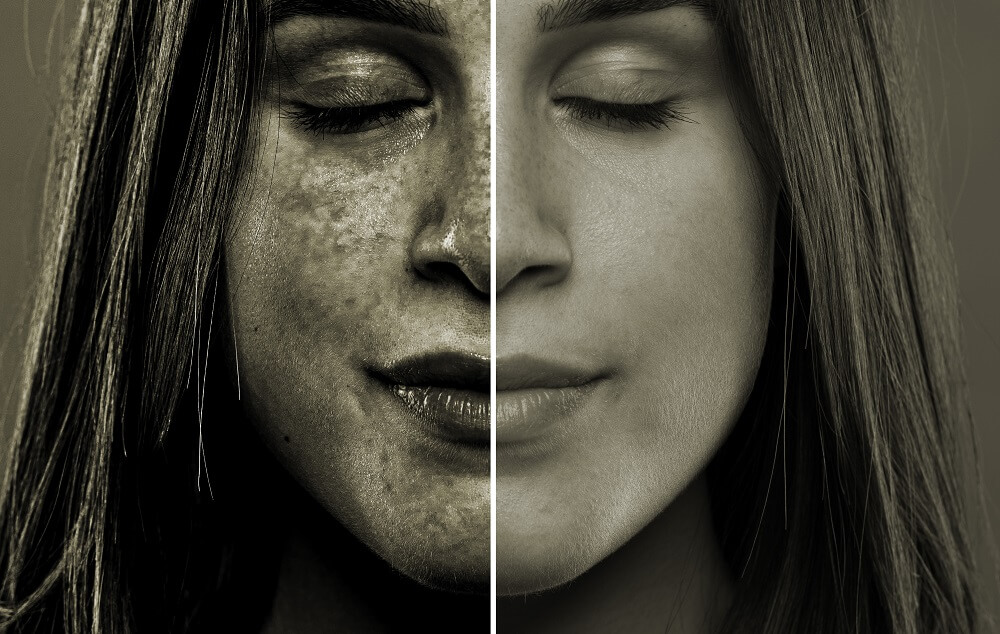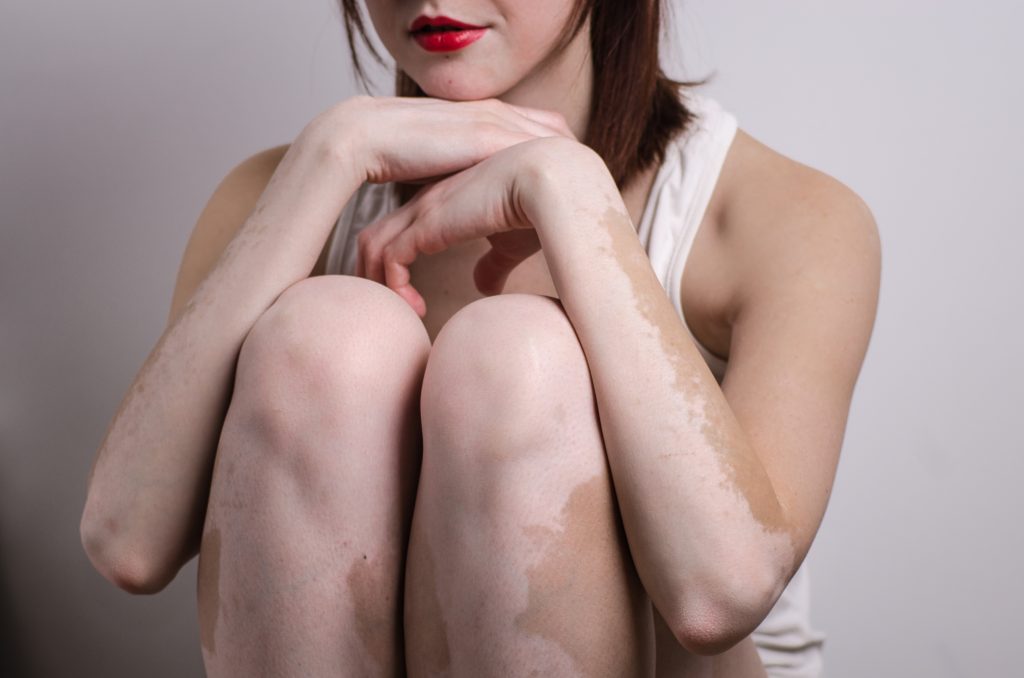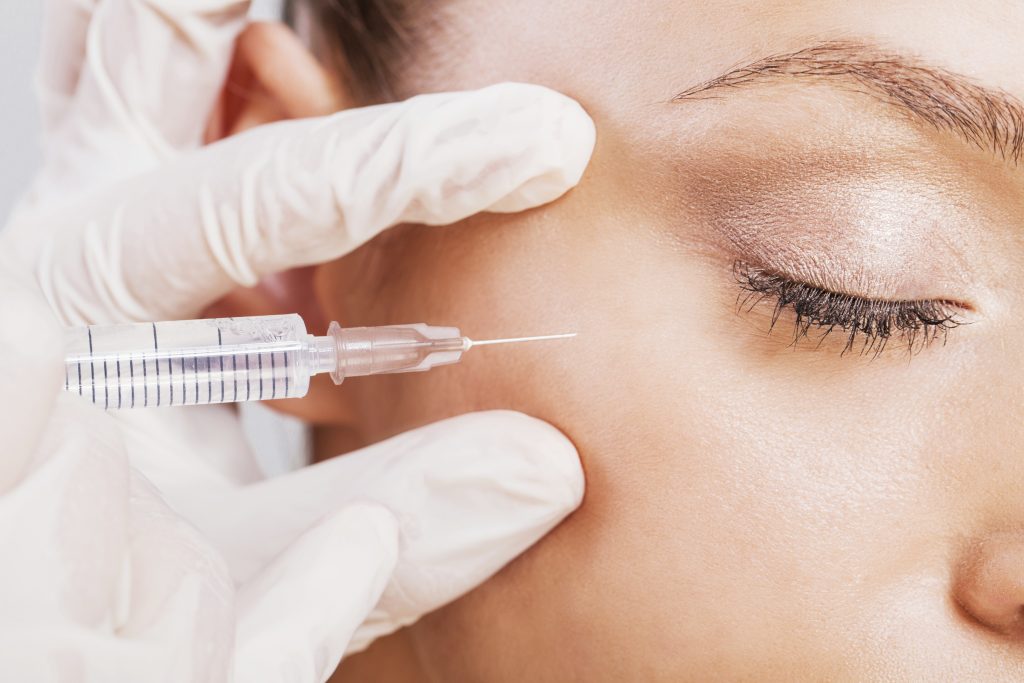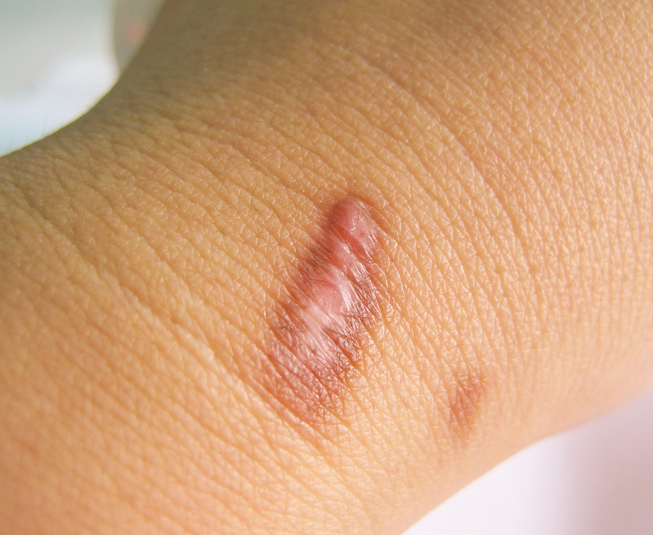Dr. Janet Lin graduated magna cum laude from the University of Maryland Baltimore County with a bachelor of science in biology. She went on to earn her medical degree at the University of Virginia School of Medicine. She then completed her internship at Mercy Medical Center in Baltimore, Maryland, and her dermatology residency at the University of Rochester.
Upon completion of her training, Dr. Janet Lin worked at Mercy Medical Center where she became involved in community education and outreach. She has sponsored several American Academy of Dermatology SPOTme skin cancer screenings, appeared in multiple WBAL11 and Fox45 Baltimore news segments has been featured in interviews for media outlets such as WebMD and given teaching lectures for residents in training, as well as her primary-care colleagues. Dr. Janet Lin is a board-certified dermatologist and is a member of the American Academy of Dermatology and the Maryland Dermatologic Society.
Dr. Janet Lin grew up in Rockville, Maryland, and is a proud Wootton Patriot. She is excited to be back in her hometown where her family and close friends still reside. In her spare time, she is an avid traveler and reader.
Dr. Janet Lin cares for patients at U.S. Dermatology Partners, formerly DermAssociates, in Rockville,Maryland.
Featured Articles
- AAD: Caring for an Autoimmune Patient During a Pandemic
- TeleHealth Use Becomes More Popular Amid CoronaVirus Pandemic
- Woman's Doctor: Pregnancy Can Cause Skin & Hair Changes
- Woman's Doctor: Additional Protection From Sun May Be Needed
- Darker Skin Still Susceptible to Sun Damage
- Woman's Doctor: New Rosacea Treatment


